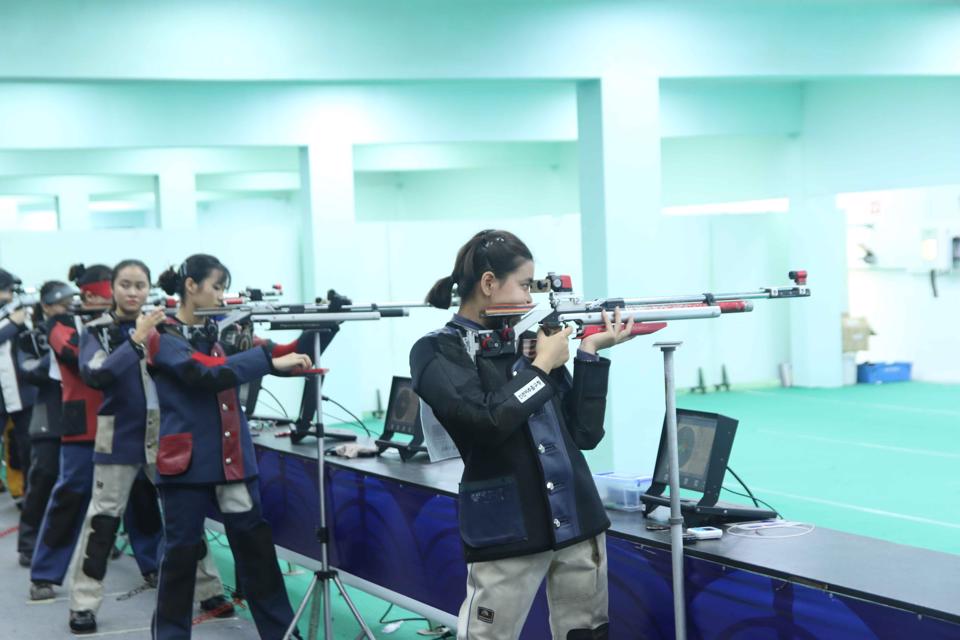Are Vietnamese citizens suffering from dermatological diseases ineligible to participate in military service? Lawnet frequently receives this question from Customers and Members. Lawnet provides an explanation of this issue in the article below.

Illustrative image
According to Clause 3, Article 4 of Circular 148/2018/TT-BQP on the selection and enlistment of citizens into the military, the health standards for enlistees are clearly stipulated as follows:
Article 4. Recruitment standards
....
3. Health standards:
a) Select Vietnamese citizens with health Types 1, 2, 3 according to the regulations of Joint Circular No.16/2016/TTLT-BYT-BQPdated June 30, 2016, of the Minister of Health and the Minister of National Defense on pre-enlistment medical check-ups.
b) For agencies, units, and positions specified at Point b, Clause 2 of this Article, selection must ensure specific standards as prescribed by the Ministry of National Defense.
c) Do not call up for military service those citizens with health Type 3 vision refractive errors (myopia of 1.5 diopters or more, hyperopia at all levels); drug addiction, HIV/AIDS infection.
Additionally, Joint Circular 16/2016/TTLT-BYT-BQP clearly stipulates the method of health classification in Clause 4, Article 9 as follows:
4. Method of health classification
Based on the scores given for 8 criteria recorded on the military service health check form to classify. Specifically:
a) Type 1: All 8 criteria achieve a score of 1;
b) Type 2: At least one criterion scores 2;
c) Type 3: At least one criterion scores 3;
d) Type 4: At least one criterion scores 4;
đ) Type 5: At least one criterion scores 5;
e) Type 6: At least one criterion scores 6.
Thus, to participate in military service, Vietnamese citizens must not have any health criteria that are classified as Type 4. Based on the above provisions, Lawnet presents to our customers a compilation of dermatological diseases ineligible for military service:
|
No. |
Disease/Disability |
Specific Condition |
|
01 |
Skin fungus, inguinal fungus (ringworm) |
Skin fungus with an area of over 100cm2, or scattered throughout the body, or with severe complications (eczema, bacterial infection...) |
|
02 |
Nail fungus |
Have 5 or more nails with fungus |
|
03 |
Interstitial fungus |
White blisters of 5 or more slits, or blisters of 3 or more slits. |
|
04 |
Wharf Village |
Diffuse body occupies over 1/3 of the body area, affecting aesthetics (suffering from many areas of the face, neck, neck) |
|
05 |
Hair fungus and hair loss due to the following causes: |
Severity |
|
06 |
Infected with 2 or more of the above fungi (from sections 158-162) |
Note: Take the score of the most severe fungal infection and increase it to 1 point, get 4 points or more. |
|
07 |
Scabies |
Scattered scabies throughout the body and with complications: Bacterial dermatitis, eczema... |
|
08 |
Atopic dermatitis |
Eczema caused by other skin diseases (fungus, exposure...) |
|
Atopic dermatitis |
||
|
Oily dermatitis |
||
|
Leech nest |
||
|
Neurodermatitis (localized, diffuse) |
||
|
09 |
Blistering skin disease (Pemphigus, Pemphigoid, Duhring Brocq) |
|
|
10 |
Associated tissue disease |
Chronic lupus erythematosus (localized) |
|
Systemic lupus erythematosus |
||
|
Scleroderma (localized, diffuse) |
||
|
Dermatitis |
||
|
Periarterial node inflammation |
||
|
11 |
Scab skin disease |
Psoriasis |
|
Flat Lichen |
||
|
12 |
Pigmentation disorders |
Widespread variant vitiligo |
|
Scattered darkening of the skin (endocrine cause) |
||
|
13 |
Congenital defects in the skin, less types |
An area of more than 4cm2 in the face-neck area, or an area of more than20cm2, or scattered in many places |
|
14 |
Leprosy of all bodies |
|
|
15 |
Sexually transmitted diseases: |
Stage 2 syphilis is late, has been treated correctly, has a sufficient regimen and a negative TPHA test. |
|
Syphilis stage 3 |
||
|
Syphilis has not been treated stably |
||
|
Untreated acute gonorrhea |
||
|
Chronic gonorrhea with damage to the urinary and genital organs |
||
|
Untreated Hypochondria |
||
|
Papyloma |
||
|
Nicolas-Favre disease |
||
|
HIV infection |
||
|
16 |
Thickening of the soles of the feet |
|
|
17 |
Eggs and some other diseases |
Necrotic fish eggs, eel oat roe, keloid roe |
|
Red caviar |
||
|
18 |
Itchy papules caused by insect bites (yellow flies, dog bugs, ticks...): |
Above 30 notes or more |
|
19 |
Chronic urticaria |
|
|
20 |
Tuberculosis of all kinds |
|
|
21 |
Skin tumors |
Neurofibroma (genetic disease) |
|
Other types of benign tumors |
||
|
22 |
Implanting a foreign body into the penis |
Lan Anh
 Article table of contents
Article table of contents










.Medium.png)
.Medium.png)
.Medium.png)
.Medium.png)
